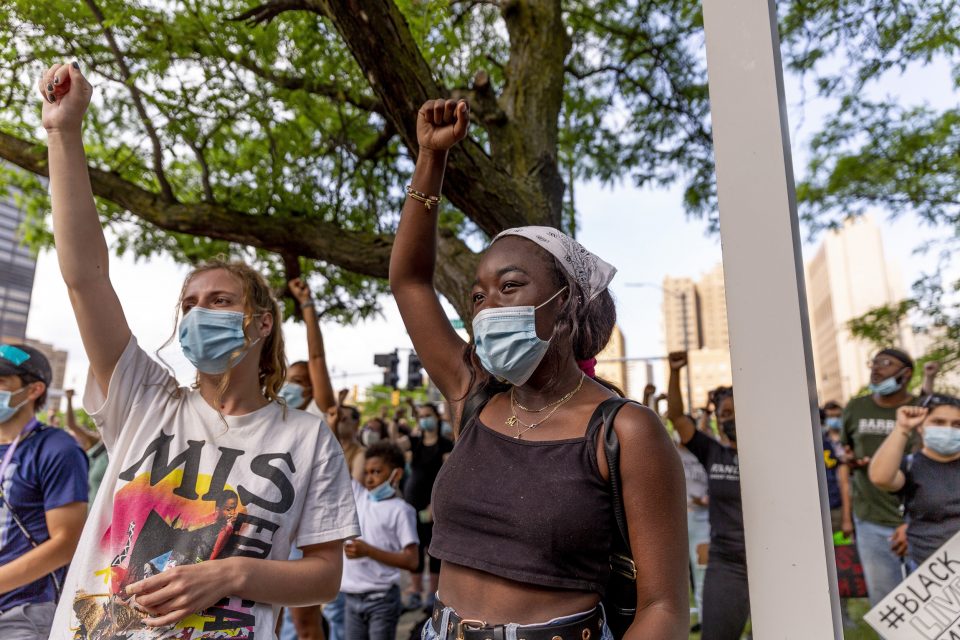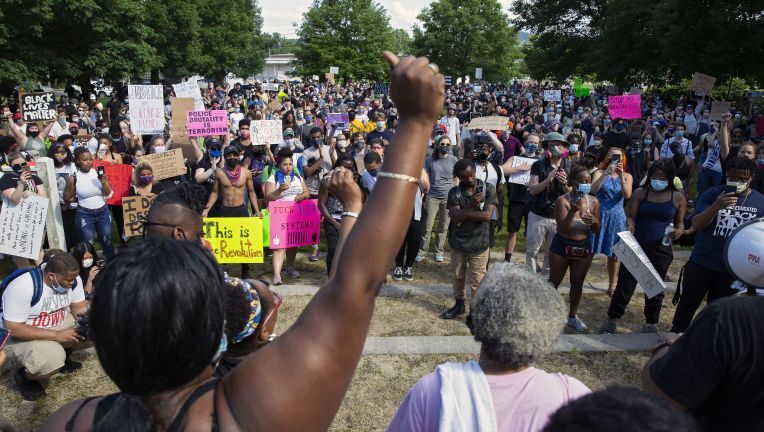by Zoe Weil M.A., M.T.S
You can make a bigger difference while leading a happier life.
KEY POINTS
- Anger can be the fuel that inspires our activism, but it can be destructive if we vent it publicly.
- Solutionary activism leads to meaningful answers to our problems and often happiness as well.
- Becoming a solutionary transforms anger into effective, strategic, successful action.
If you’re like me, there are a lot of issues in our society and world that anger you. They might be issues related to social injustice, environmental destruction, and animal cruelty; disinformation, corrosive politics, or polarizing media. You’re mad, and you want things to change. So you look for ways to speak out, perhaps by posting on social media, joining a rally, participating in civil disobedience, or writing forceful emails to your legislators (and then posting again on social media – maybe more angrily as your blood boils with the inaction you perceive around you).
Each effort and missive is like scratching an itch. It feels good in the moment to get that anger out of your overburdened heart and express it to the world. When people “like” your posts and share them, it feels even better. When you experience camaraderie with your fellow protesters at a rally, you’re buoyed by a growing coalition of like-minded activists.

If it feels good, and you’re dedicated to advancing good, your efforts must therefore be good and make a positive difference, right? Unfortunately, that’s not necessarily the case. If you really want to advance positive change, it’s worth taking your time to think as strategically as possible and take a solutionary approach so that you have the biggest positive impact you can have and avoid counterproductive and potentially destructive outcomes.
What’s a solutionary approach? Solutionaries identify unsustainable, inequitable, and inhumane systems; research their causes; connect with stakeholders to understand the range of their impacts; find leverage points for strategic change; and then collaboratively develop solutions that transform those systems so that they are sustainable, equitable, and humane for everyone – people, animals, and the environment.
On July 4, 2022, climate activists frustrated by the slow-moving efforts to shift away from fossil fuels blockaded a highway during rush hour to make a point and generate media attention. They gained that media attention, but at a steep price. Their act of civil disobedience had a dire impact on a man heading to work. He was on parole, and showing up late to work threatened his ability to remain out of prison and raise his son. He begged the activists to allow one lane to proceed, but the activists were unmovable. A heated exchange led to his arrest.
Beyond the awful impact on that single man, one wonders how the hundreds of other people stuck in traffic due to the action felt about the activists and their cause, and how viewers of the news responded. Did the blockade make them more sympathetic to the issue of climate change? Did it make them more likely to engage in efforts to shift systems in favor of renewables? Or might it have made them less sympathetic, perhaps frustrated by the irony of excess fossil fuels being burned by people stuck in traffic, and disinclined to work for changes to our unsustainable systems?

Activism demands so much of us. It asks us not to turn away but to act; not to seek our own pleasure during what may be our little bit of “down time,” but to fight for others who have less ability to voice their oppression and exploitation – or perhaps no ability at all in the case of children, animals, and the environment. It asks us to care endlessly, because the needs of others are endless. And it asks us to care even as others may turn a blind eye or participate uncaringly in the very things we seek to change.
It’s no wonder activists can feel angry, not to mention exhausted and sometimes burnt out. But angry activism is a trap. While our anger may be the very emotion that spurs us to action, the expression of that anger can backfire. Frequently, it turns potentially sympathetic people against our cause, harming our efforts and calcifying our bitterness.
But solutionary activism does the reverse. It asks us to take time to do the research and deep thinking required to develop solutions that address the problem at a root and/or systemic level and not stop with the hit of rage-generated endorphins by yelling on social media or writing an angry email. Because it demands that we seek out the perspectives of others who may have different views, those others are humanized, and our ideas for change become more nuanced as we seek solutions that do the most good and the least harm for everyone. It asks us to model the message we want to convey in order to be the role models others will want to emulate, and in modeling that message we are better versions of ourselves, which leads to more integrity and perhaps even greater inner peace. And when solutionary activism results in systemic change – as it often does – it lifts our own spirits as we witness its positive results.
Imagine if instead of spewing our anger, we used it as fuel to investigate, write, and post the wisest and most compelling, creative, and accurate social media and blog posts. Imagine if we transformed our anger into well-thought-out practical suggestions for legislation and shared our ideas in productive emails and meetings with legislators. Imagine if we took our activism to the next level and applied our skills, talents, and training to create more just, humane, and sustainable policies; to develop new designs and technologies to replace destructive ones; and to build transformative innovations within our spheres of knowledge and influence. That’s solutionary activism, and it results not only in meaningful answers to the problems we face but often to a happier life as well.

